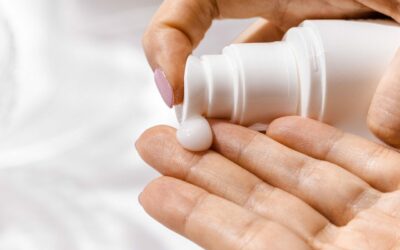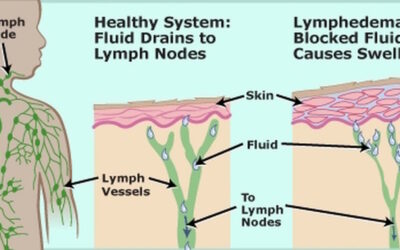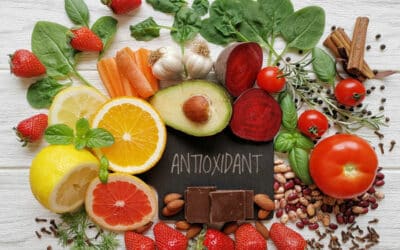After an outdoor lifestyle during the hotter months, we are left with the ravages which are reflected on our skin in the form of hyperpigmentation or brown marks.
As the season changes, the humidity dissipates and the cool weather brings welcome relief from the heat of summer, it is the perfect time to review our skincare concerns, practices, and home care regime.
Many of us aim for glowing, radiant skin, but regrettably, many also battle some level of hyperpigmentation. It is not a skin type, rather a common condition brought on by many factors ranging from medicines to sun exposure to hormonal changes and trauma or acne.
Any skin type can experience Hyperpigmentation – dry, oily, dark, also light. Simply put, it is the extreme stimulation of melanin in the skin that produces darkened, uneven, skin tone. Extreme melanin production can occur from systemic (with-in the body) and extrinsic (outside the body) causes.
There are numerous explanations of hyperpigmentation (dyschromia) and uneven skin tone as well as several depths of harm to the skin. The changes indicated in the skin happen as melanocytes are either destroyed causing hypopigmentation or over-stimulated, resulting in hyperpigmentation.
Our melanocytes, or colour producing cells are there for the protection of the cell initially. We require them in order to assist combating the impact of UV rays. Nevertheless, after that security process has actually taken place you are now entrusted with underlying damage and we see this in the kind of pigmentation.
Types of Pigment Changes Include:
-
Hyperpigmentation – darkened pigment
-
Hypopigmentation – no melanin
-
Demarcation – irregular pigmentation from picking, scratching and procedures
-
Melasma – Patches that appear denser and larger
There Are Three Types of Hyperpigmentation:
-
Epidermal – the surface is not as dense and light brown in colour
-
Dermal – The Skin is ashen-grey and deep brown, it also seems more solid
-
Mixture – Both levels are usually dark brown
Some Typical Causes of Hyperpigmentation Can Include
PIH (Post Inflammatory Hyperpigmentation)
Birth Control Pills Estrogen (HRT)
Pregnancy
(Melasma) Long-Term Sun Exposure
Acne
Razor Bumps
Severe Sunburn
Eczema,
Chemical Irritations, Electrolysis
Certain Prescription Medications
Chicken Pox Picking
Scratching, Insect Bites
Trauma to Skin
Surgical Procedures
Perfumes Sprayed on Sun-Exposed Areas
Two primary elements that affect hyperpigmentation are the sun and heat. So please wear an SPF during the day, stay cool and be careful with overuse of products that contain hydroquinone. This active ingredient remains in numerous non-prescription lightening items and has numerous debates connected with it. Your skin may develop resistance, or immunity, and can even end up being darker with continued use of hydroquinone.
Professional Treatments
The goal for the in-clinic treatment is to combine both brightening and skin building treatments and active ingredients which will assist with reducing hyperpigmentation, sun damage concerns, and assist with resetting the skin towards healthy, clear and radiant.
There are numerous outcome-driven peels offered in the hands of a qualified expert, ranging from progressive to mid-depth and deep peels. One such peel is the Pigmentation Solutions Peel which is a progressive to mid-depth peel designed to begin cellular turnover, enhance skin and lower pigmentation. With simply the right balance of TCA (Trichloroacetic Acid), sake and potent melanin suppressors, skin will be left toned and fine-tuned for luminous skin.
Other Clinical treatments available to assist with lowering colouring are IPL (Intense Pulsed Light), Skin Needling, Nano-Fractional Laser, Fractional Laser, Q-Swithch Yag, Diathermy and Tixel.
When any intensive in-clinic treatment is undertaken, it is recommended to prepare your skin with supportive home care products to assist with strengthening and/ or lightening the skin for at least a few weeks prior for optimal results. This will help in the preparation of the melanocytes so there are no rebound results such as darker spots of pigment a couple of weeks post-treatment.
Diagnosing and repairing hyperpigmentation and sun damage is sadly not one size fits all. In order to reveal the best version of you, a mix of excellent house care and in-clinic professional treatments is typically the very best method to help with healthy, glowing and more youthful skin.








0 Comments